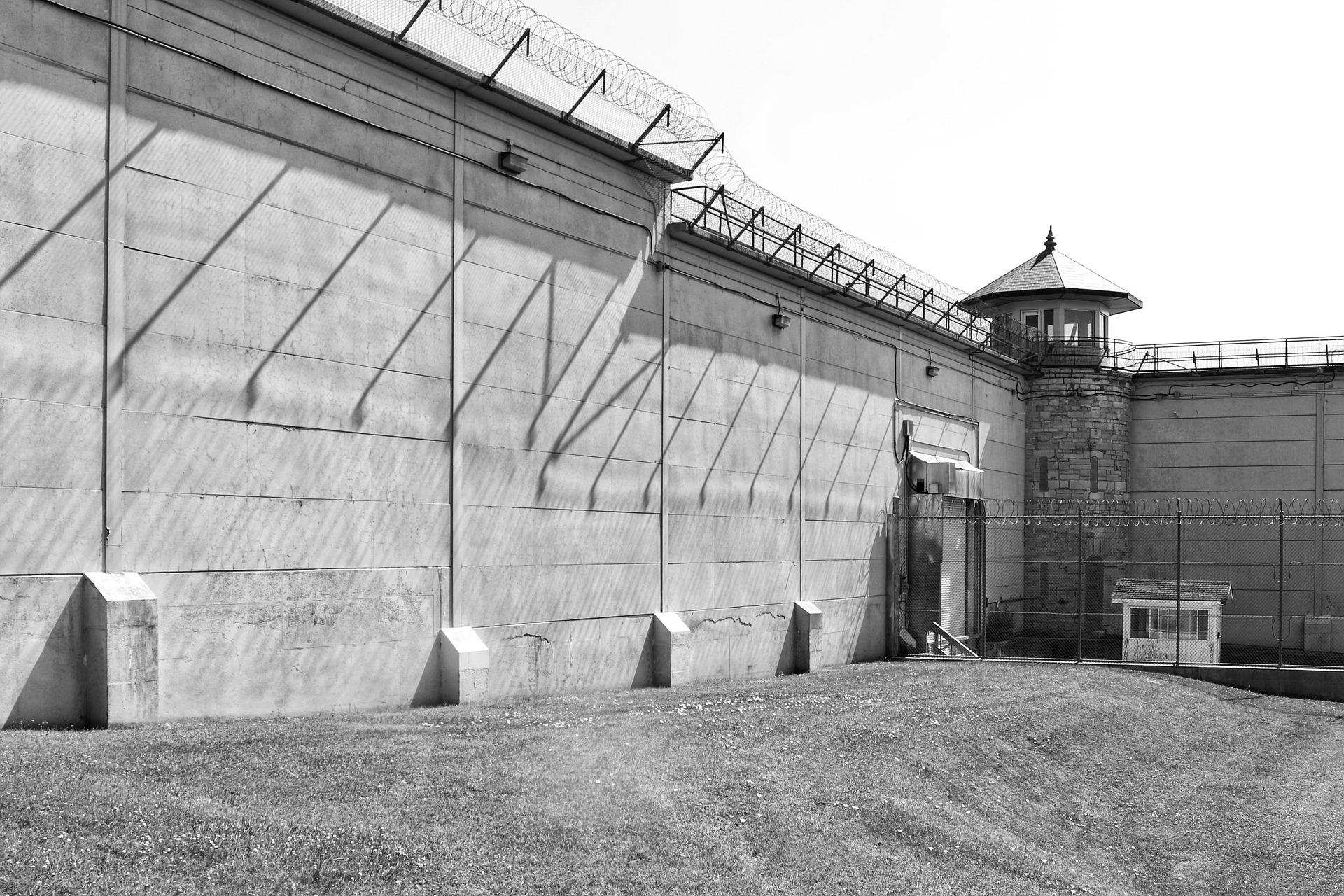Demystifying Fiber-Optic Connectivity: Its Journey and Impact on Global Communications
How did a bundle of super-thin strands of glass revolutionize the way we communicate globally? Welcome to the world of fiber-optic connectivity. Let's dive into its intricate journey and the enormous impact it continues to have on present-day telecommunications.

Fiber-Optic Connectivity: A Broad Streak of Light
Fiber-optic communication was conceived in the 1960s, a period marred by limited bandwidth and poor quality of long-distance conversations. The debut of fiber optics signified an end to these limitations. Emitting signals in the form of light pulses, the ultra-thin strands of glass transmitted data at speeds beyond what was achievable with traditional copper wires used for telecommunication.
PETs and Optical Fibers: Lessons from Under the Sea
The first practical application of fiber optics in telecommunications materialized in 1988 with the installation of the first transatlantic telephone cable, or TAT-8. The cable was capable of carrying 40,000 concurrent phone calls—an outstanding contrast to Project Telephony, which began in 1956 and could only deliver 36. These advancements leapfrogged communication efficiency, propelling the telecom industry at a rapid pace.
From Dial-Up to Fiber: The Homecoming
The early 2000s saw fiber optic connections becoming accessible within homes, changing the course of fixed broadband. Before its advent, dial-up internet was commonplace, offering a maximum speed of 56 Kbps. Fiber deployment, however, allowed for speeds as high as 1000 Mbps, vastly accelerating data transmission and altering home entertainment forever.
Regulatory Turns: Aiding Fiber’s Proliferation
With the upsurge of the internet, government bodies across the globe recognized the necessity of a robust digital infrastructure. The Federal Communications Commission in the U.S., for example, altered the Universal Service Fund in 2011 to support broadband deployment in rural areas. This played an instrumental role in the broader proliferation of fiber connectivity.
Advancements and What Lies Ahead
The upcoming fiber-optic technology, known as Spatial Division Multiplexing (SDM), promises to reduce the cost per bit of data transmission. It involves the use of multiple spatial paths within a single optical fiber, enabling even faster and more efficient data transmission.
Fiber optics continues to shape the telecommunications arena, providing a secure, reliable, and scalable solution for our ever-growing digital demands. As we look forward, the fiber-optic connectivity stands as a testament not only to the ingenuity of human innovation but also the fascinating ability of the telecommunications industry to continually reinvent itself.




